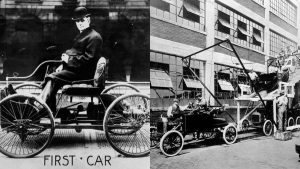How the telegraph changed warfare
In the early 19th century, the world stood on the brink of a communication revolution. The advent of the telegraph marked the beginning of an era where messages could be sent across vast distances in mere minutes, rather than days or weeks.
This technological leap transformed how information was shared, impacting not only everyday life but also the strategies of warfare. The telegraph’s influence on military communication opened new avenues for real-time decision-making, forever changing the landscape of conflict.
The Telegraph: A Brief Overview

The telegraph was a marvel of its time, utilizing electrical signals to transmit text-based messages over long distances. Developed in the 1830s and 1840s, this device relied on a network of wires and relay stations to convey information rapidly.
The first permanent commercial telegraph line, completed in 1844 between Washington, D.C., and Baltimore, demonstrated the potential of this innovation. Before long, telegraph lines crisscrossed countries and continents, shrinking the world in ways previously unimaginable.
War Before the Wires: A Snapshot of Pre-Telegraph Conflicts
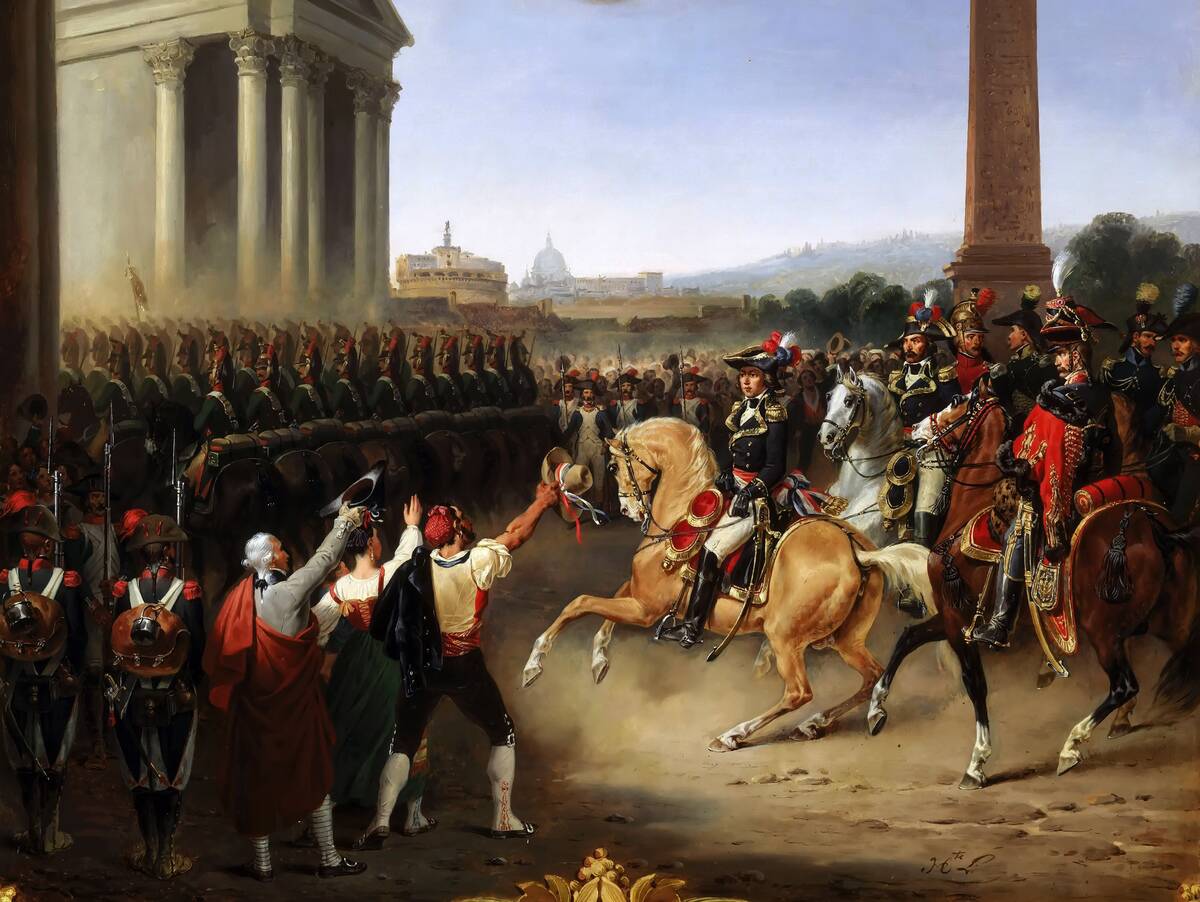
Before the telegraph, military commanders faced significant challenges in communication, relying on messengers and semaphore systems. Battles were often fought with delayed intelligence, as information took days to travel. This lag hindered strategic planning and real-time responses.
The Napoleonic Wars exemplify this, where armies had to anticipate enemy movements without the benefit of instant updates. The introduction of the telegraph would soon change this dynamic, allowing for more coordinated efforts and timely decisions.
Samuel Morse: The Man Behind the Message
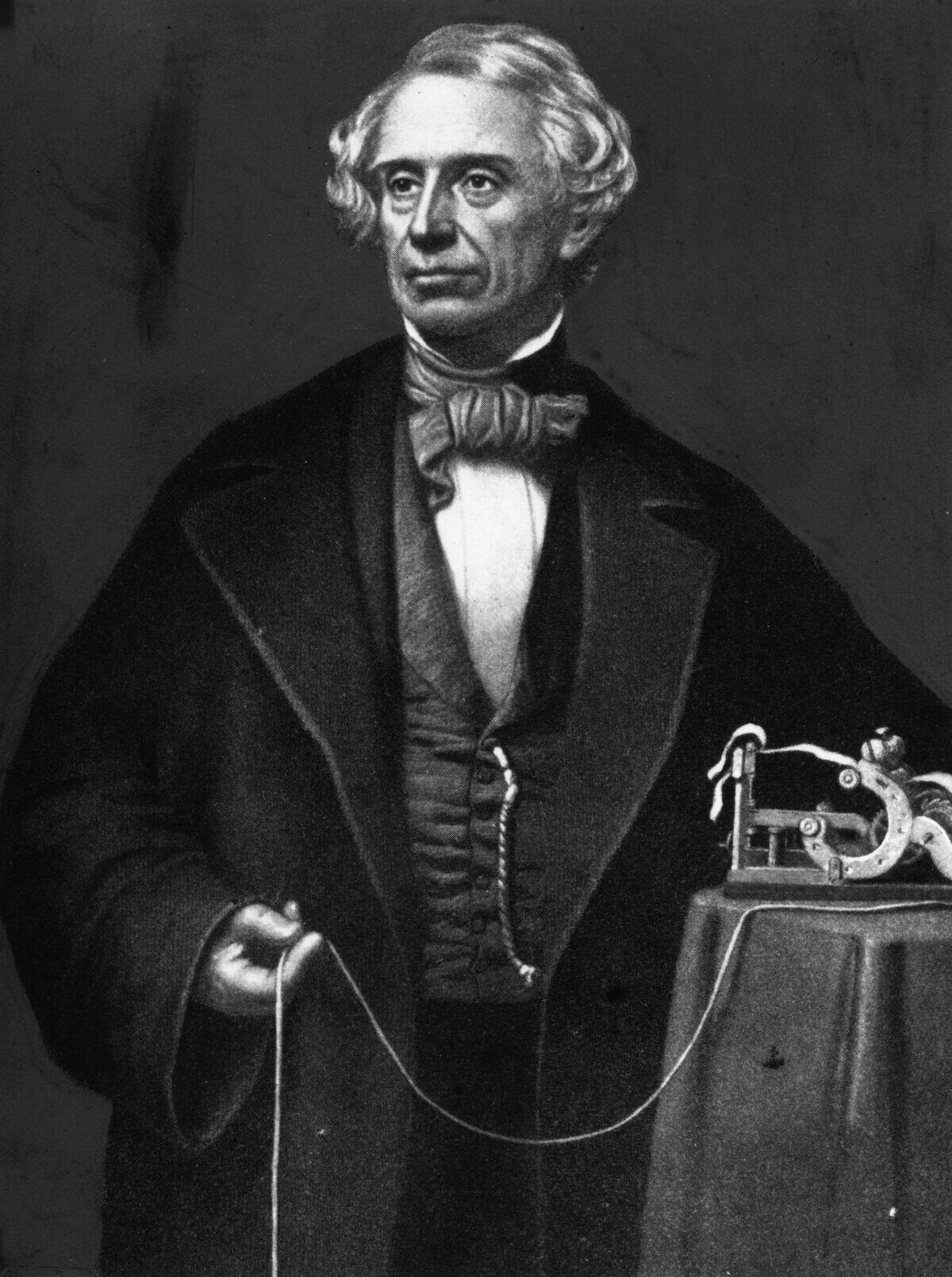
Samuel Morse, an artist turned inventor, played a pivotal role in the development of the telegraph. Frustrated by the slow pace of communication, he envisioned a system that could transmit messages instantaneously.
Alongside Leonard Gale and Alfred Vail, Morse developed the first practical telegraph. His dedication to this project paid off when, in 1844, he sent the famous message, “What hath God wrought?” from Washington, D.C., to Baltimore, marking a new era in communication.
The Birth of Morse Code: Tapping into Innovation
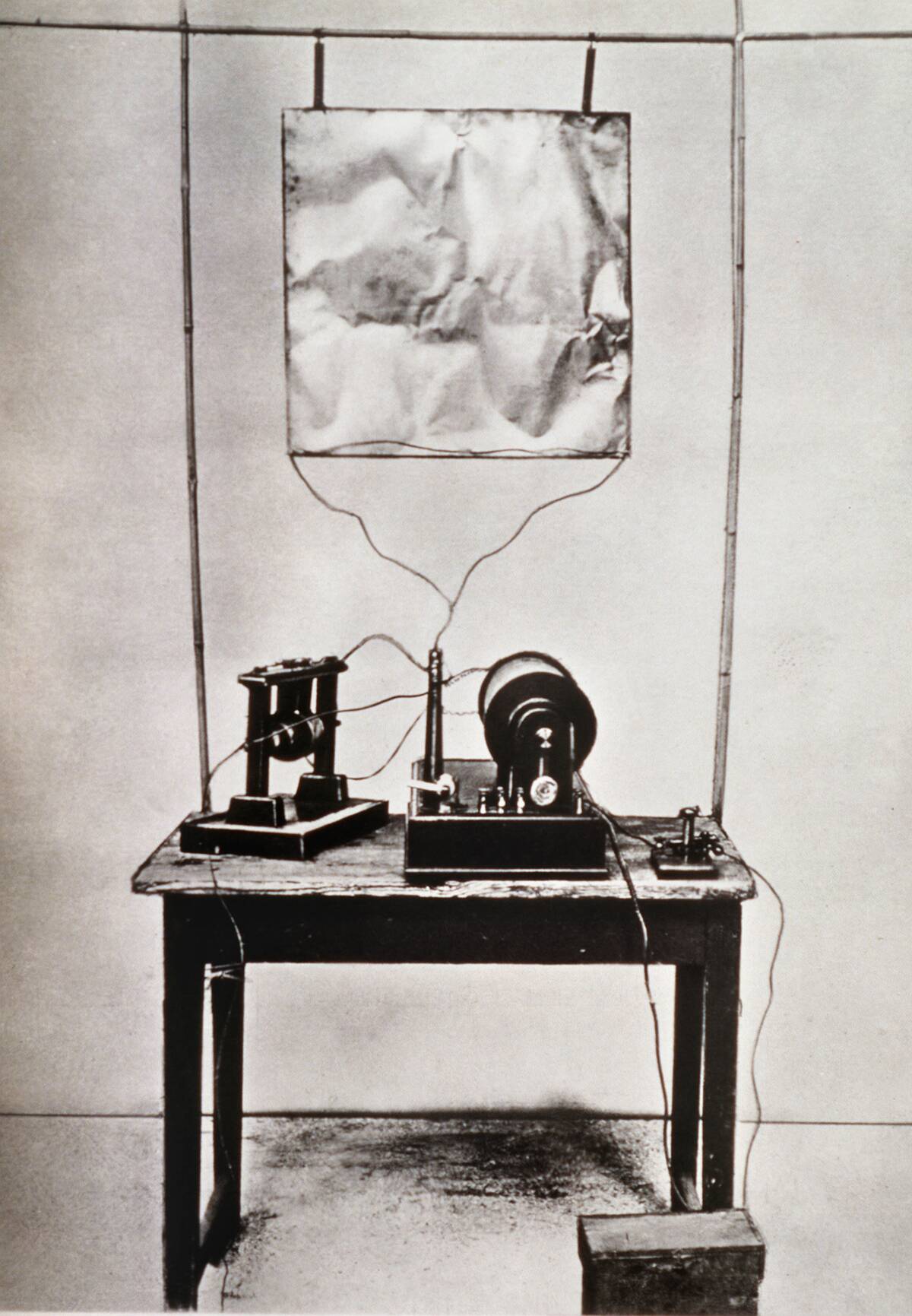
Morse Code, a series of dots and dashes representing letters and numbers, revolutionized telegraphic communication. This binary system allowed for efficient and accurate message transmission.
Developed by Samuel Morse and Alfred Vail, the code’s simplicity made it accessible to operators worldwide. Its adaptability ensured its use well into the 20th century, proving invaluable not just in military contexts but also in civilian communication and rescue operations.
The Mexican-American War: Telegraph’s First Test
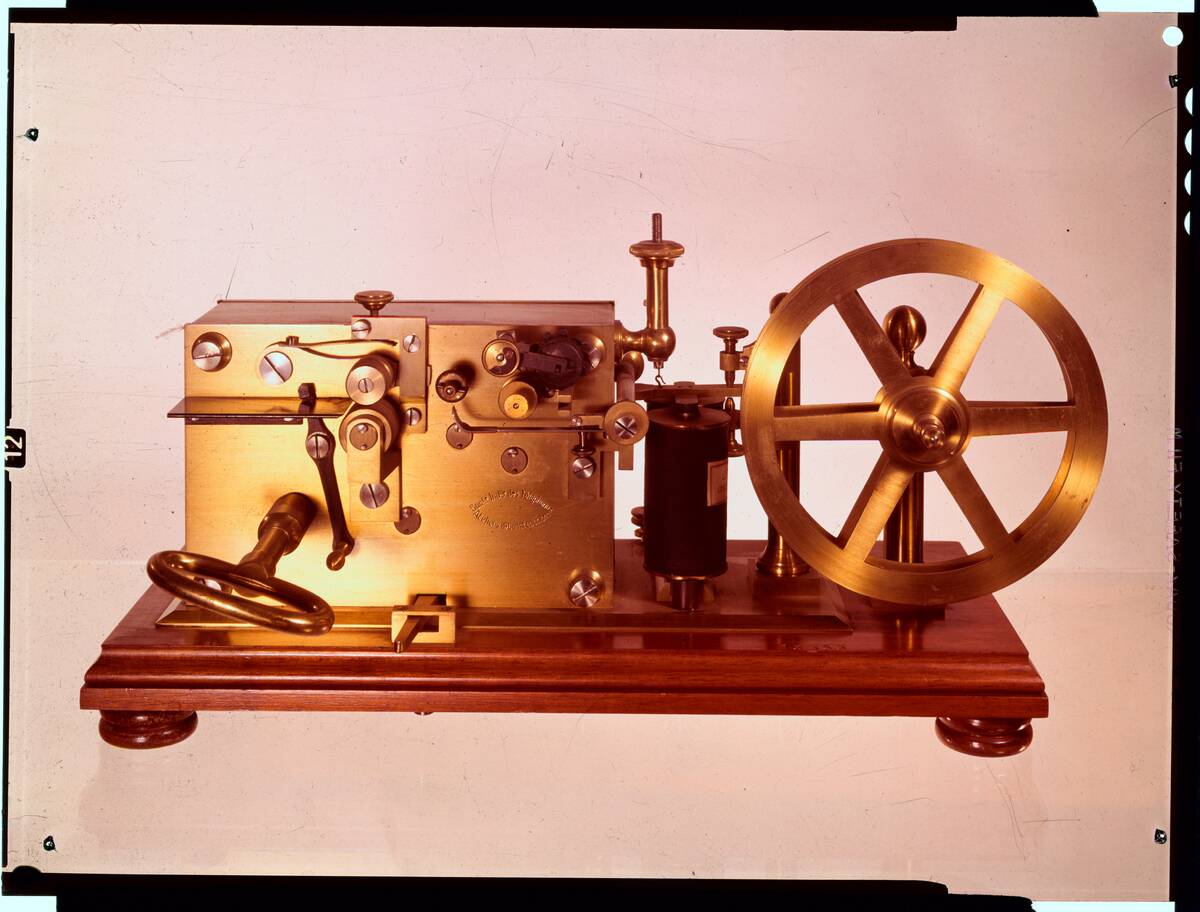
The Mexican-American War (1846-1848) was the telegraph’s first significant military test. Although there isn’t historical evidence of any impact it had on the actual waging of that war, the telegraph’s capacity for instant communication transformed war reporting by allowing citizens on the home front to get battlefield updates soon after developments occurred.
This utility was clear enough to sustain the development of entire news agencies (such as the Associated Press) that reported through telegraph transmissions.
Telegraph Lines on the Battlefield: Connecting Commanders
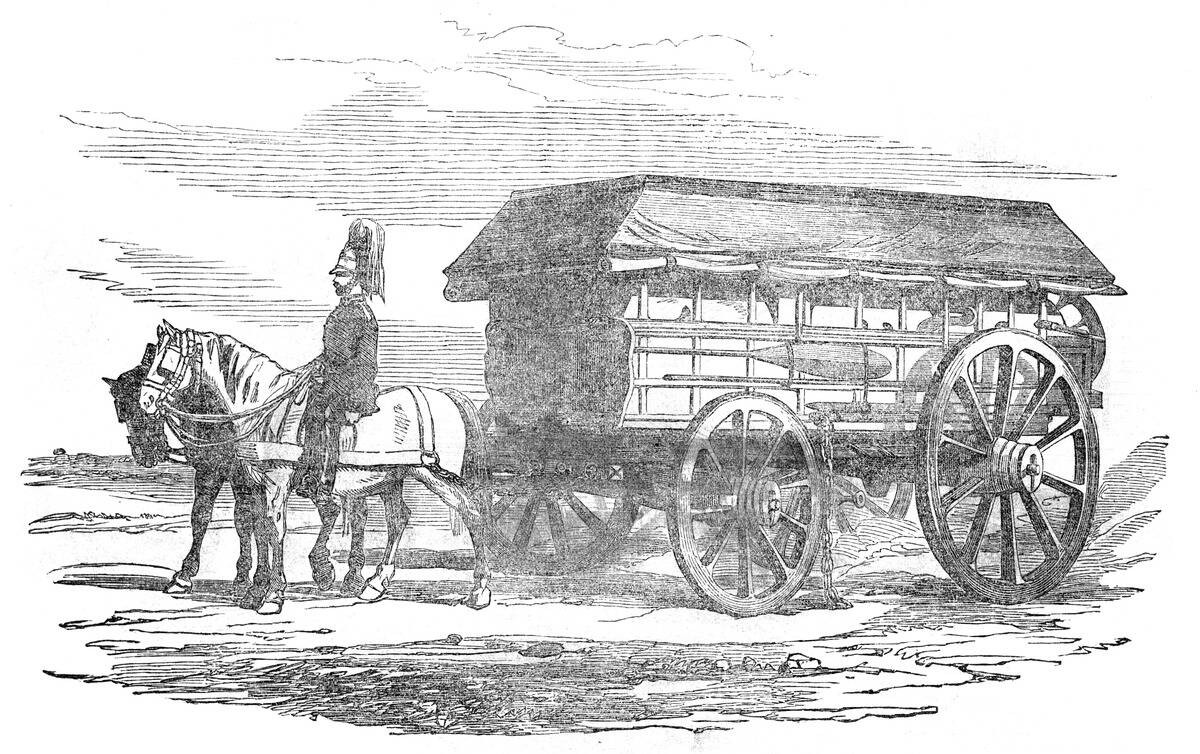
Telegraph lines became lifelines on the battlefield, connecting commanders with their troops. As conflicts grew in scale, the ability to communicate swiftly across miles of terrain became crucial. During the Crimean War, for example, telegraphy enabled British and French forces to synchronize their efforts.
This technological edge allowed for more cohesive planning and execution, demonstrating the strategic advantage of real-time communication in military operations.
The American Civil War: Telegraphs in the Union and Confederacy
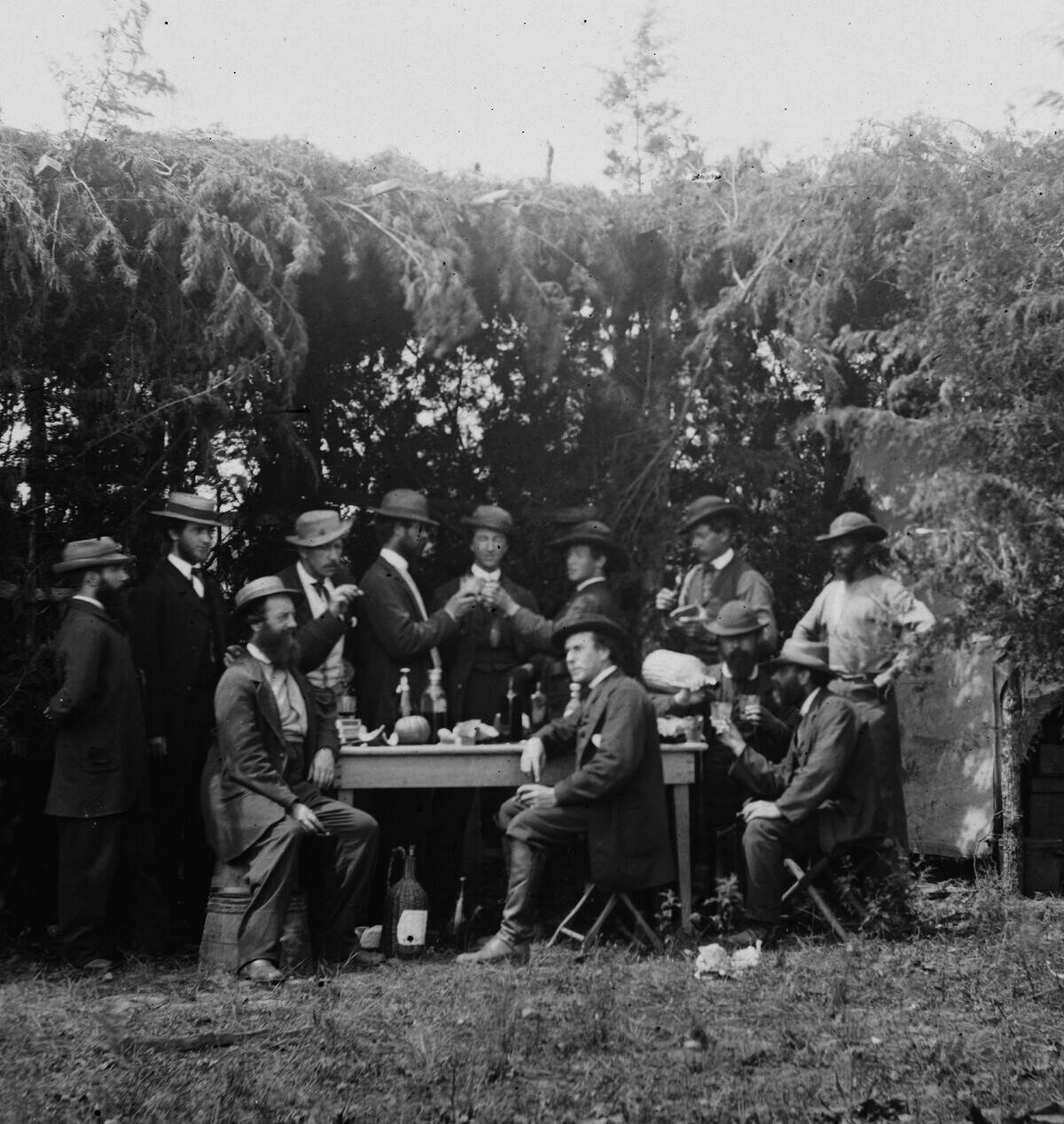
During the American Civil War, both the Union and Confederate forces harnessed the power of the telegraph. President Abraham Lincoln frequently used it to communicate with his generals, making strategic decisions based on real-time updates.
The Confederacy, though less equipped, also recognized its value to the point of instituting martial law to control the few lines they had. The telegraph’s role in this war highlighted its potential to influence outcomes, keeping leaders informed and allowing for swift strategic adjustments on both sides.
Real-Time Communication: A Game Changer for Military Strategy
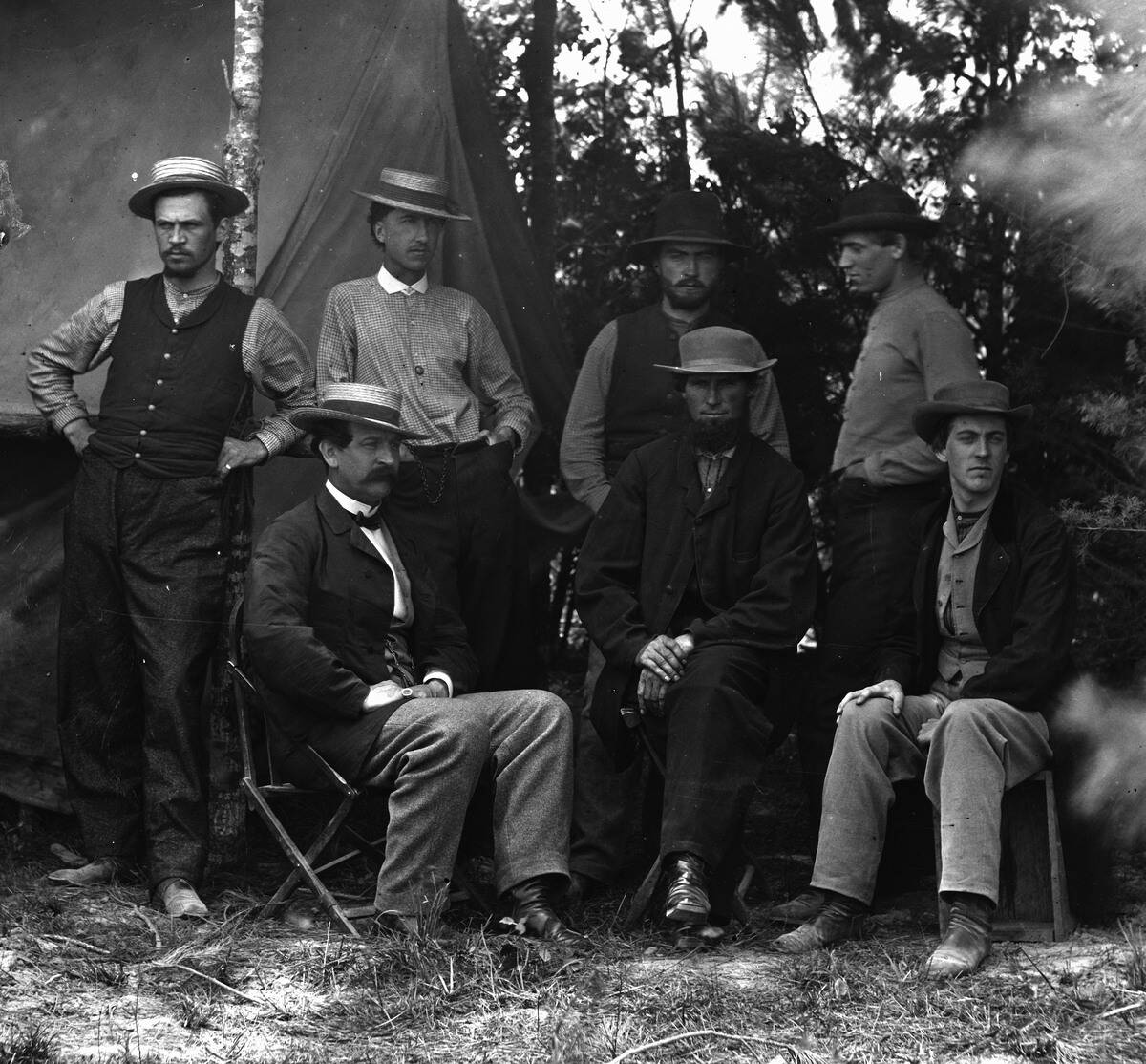
The ability to communicate in real-time revolutionized military strategy. Instead of relying on outdated intelligence, commanders could now make informed decisions almost instantaneously.
This shift meant that armies could react to enemy movements as they happened, rather than working with delayed reports. The impact was profound, allowing for more dynamic and responsive military campaigns, ultimately changing how wars were fought and won.
Intelligence and Espionage: Eavesdropping on the Enemy
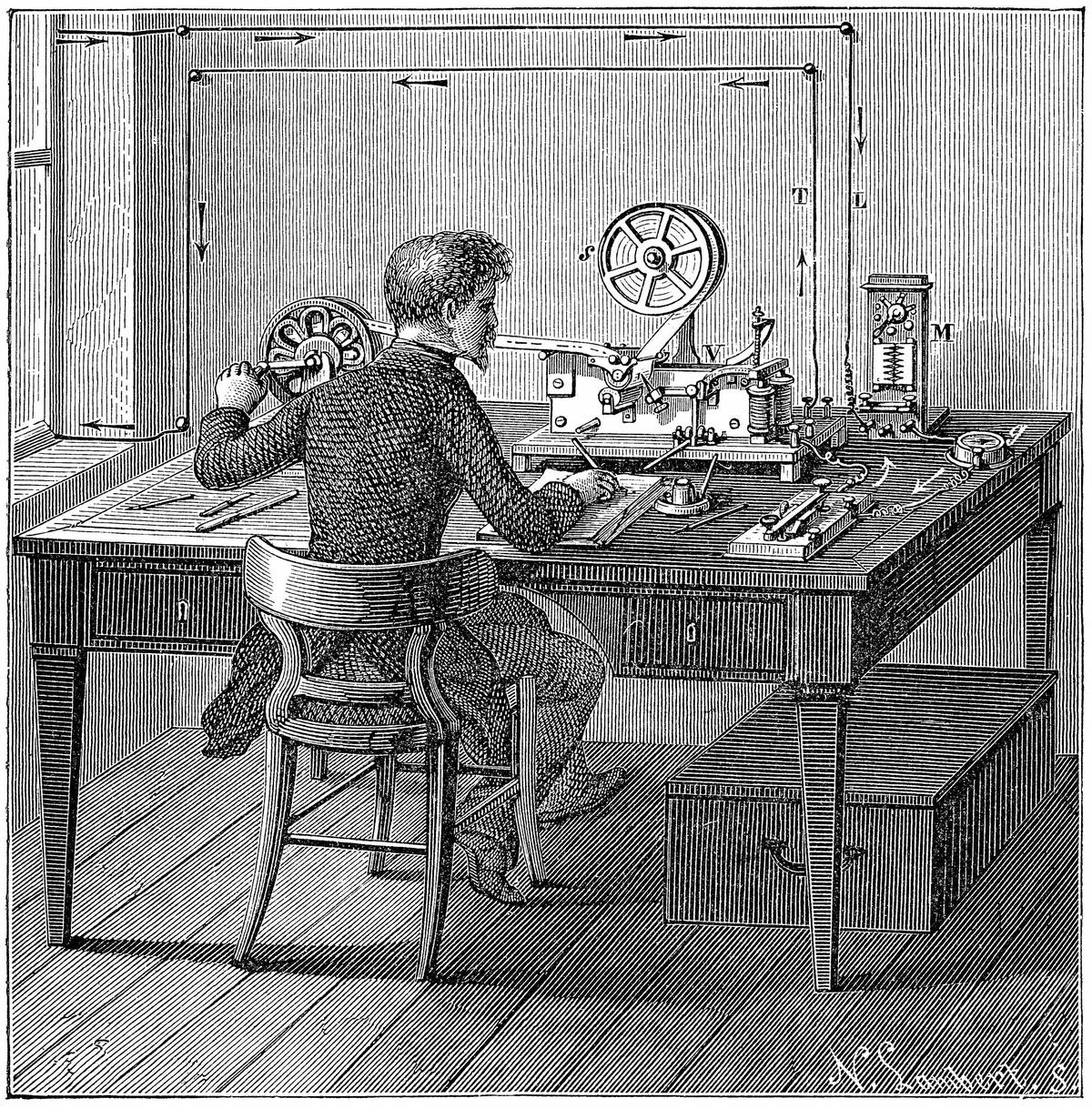
The telegraph also introduced new possibilities for intelligence and espionage. Intercepting enemy communications became a strategic priority, as messages transmitted over telegraph lines could provide valuable insights into enemy plans.
Both sides in conflicts sought to decode intercepted messages, turning telegraph lines into battlegrounds of information warfare. This added a new dimension to military strategy, where information could be as powerful as firepower.
The Telegraph Corps: Unsung Heroes of the Frontlines
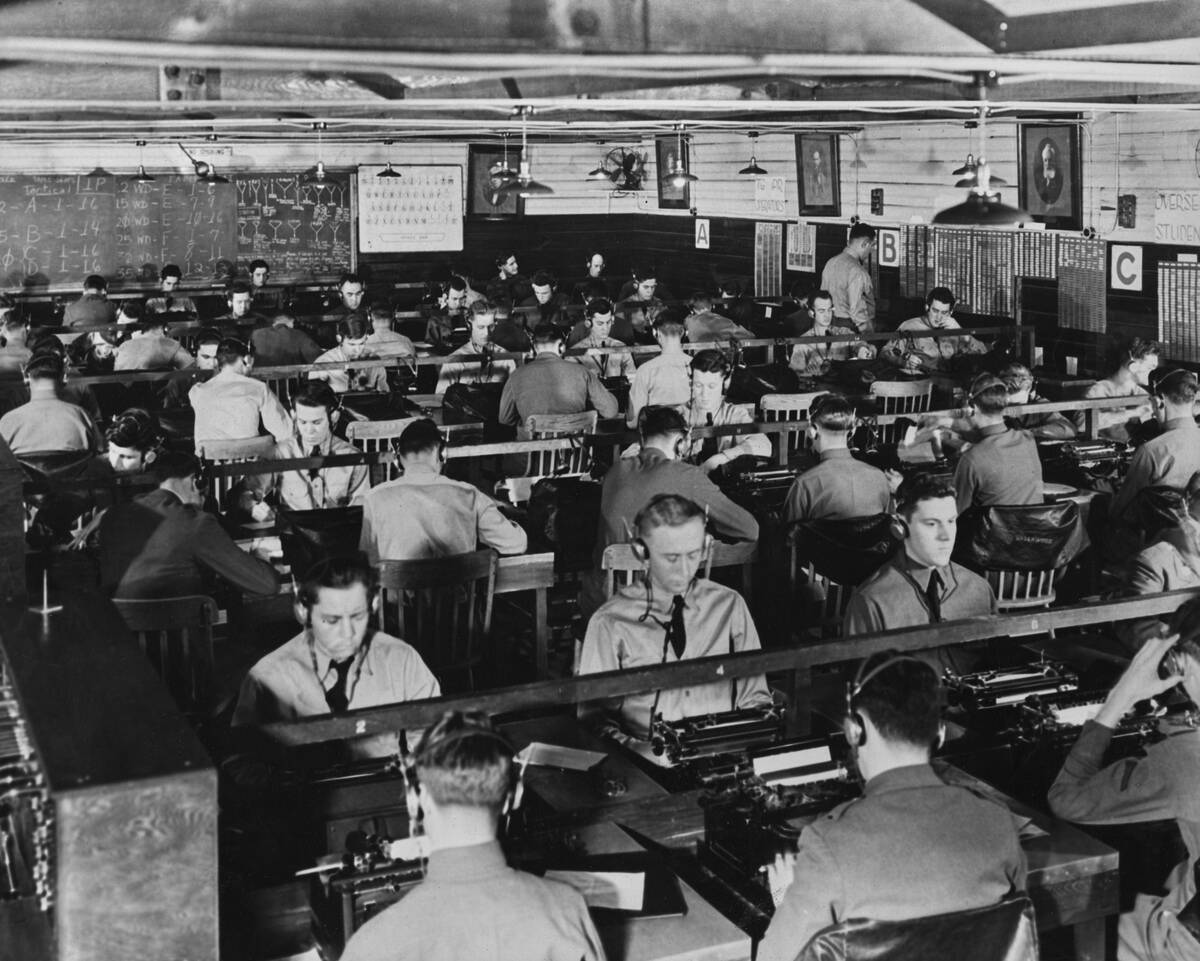
The Telegraph Corps played a crucial, yet often overlooked, role in wartime communication. These skilled operators ensured that messages were sent and received accurately, often working under challenging conditions.
Their ability to maintain communication lines, despite enemy attacks or harsh environments, was vital to military operations. These unsung heroes provided the backbone for communication networks, enabling the rapid exchange of information that modern warfare demanded.
The Role of the Telegraph in Naval Warfare
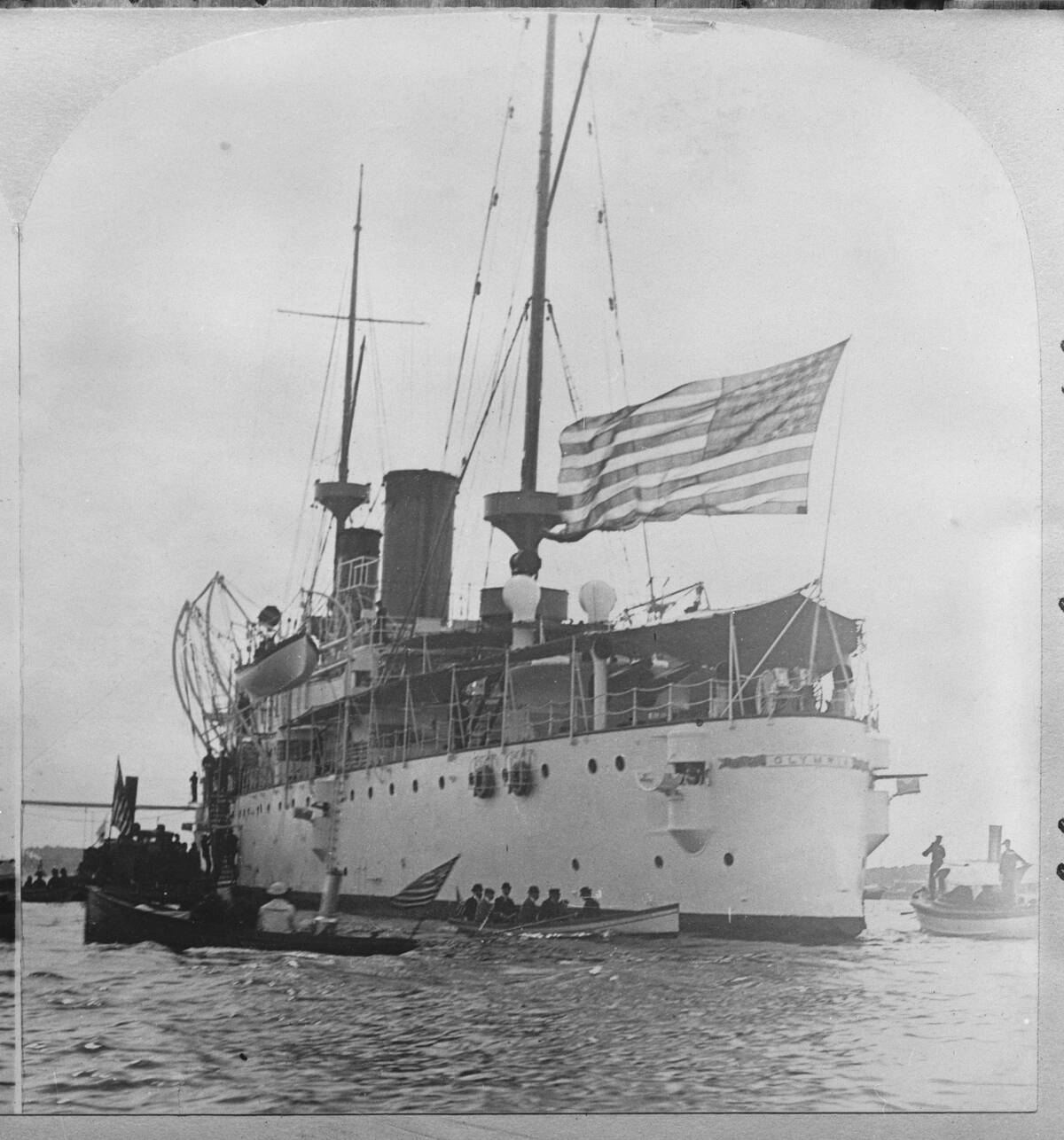
In naval warfare, the telegraph transformed how fleets communicated across vast oceans. Ships equipped with telegraphic equipment could receive orders and updates without returning to port, maintaining strategic flexibility at sea.
This capability was especially crucial during blockades or coordinated assaults, where timing and coordination were key. The telegraph allowed for more efficient naval operations, bridging the gap between land and sea-based military efforts.
Evolution of Military Logistics: Supply Chains and Telegraphs
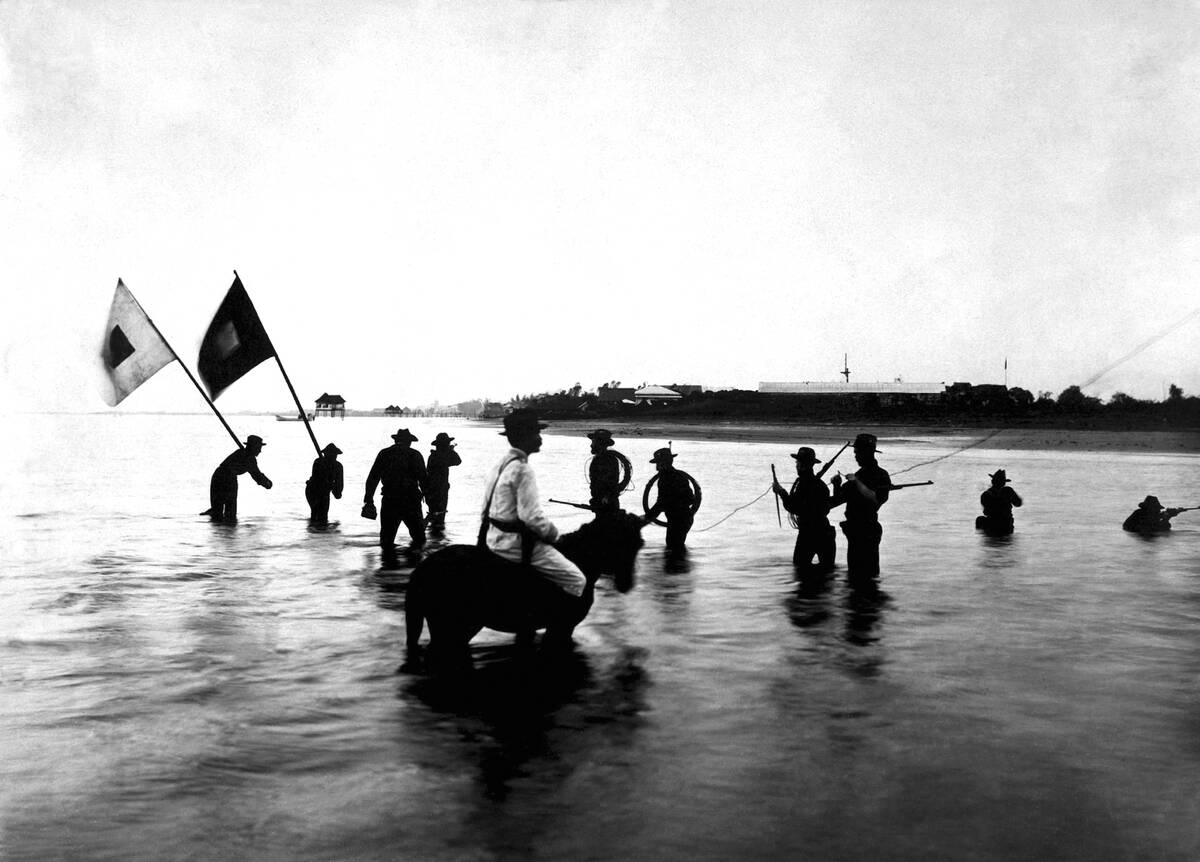
The telegraph revolutionized military logistics, streamlining the coordination of supply chains. Commanders could request supplies and reinforcements with unprecedented speed, ensuring that troops were well-equipped and ready for battle.
This efficiency transformed how armies were managed, reducing delays and improving overall readiness. The ability to synchronize supply movements with real-time battlefield conditions was a critical advantage, highlighting the telegraph’s importance beyond direct combat communication.
The Telegraph and the Media: The Rise of War Correspondents

The telegraph also had a profound impact on media, giving rise to the era of war correspondents. Journalists could now send reports from the frontlines to newsrooms in record time, providing the public with near-real-time updates on conflicts.
This immediacy changed public perception of wars, with news from the battlefield reaching readers far faster than before. The telegraph thus played a pivotal role in shaping public opinion and influencing political decisions during wartime.
The Global Impact: Telegraphs and International Relations
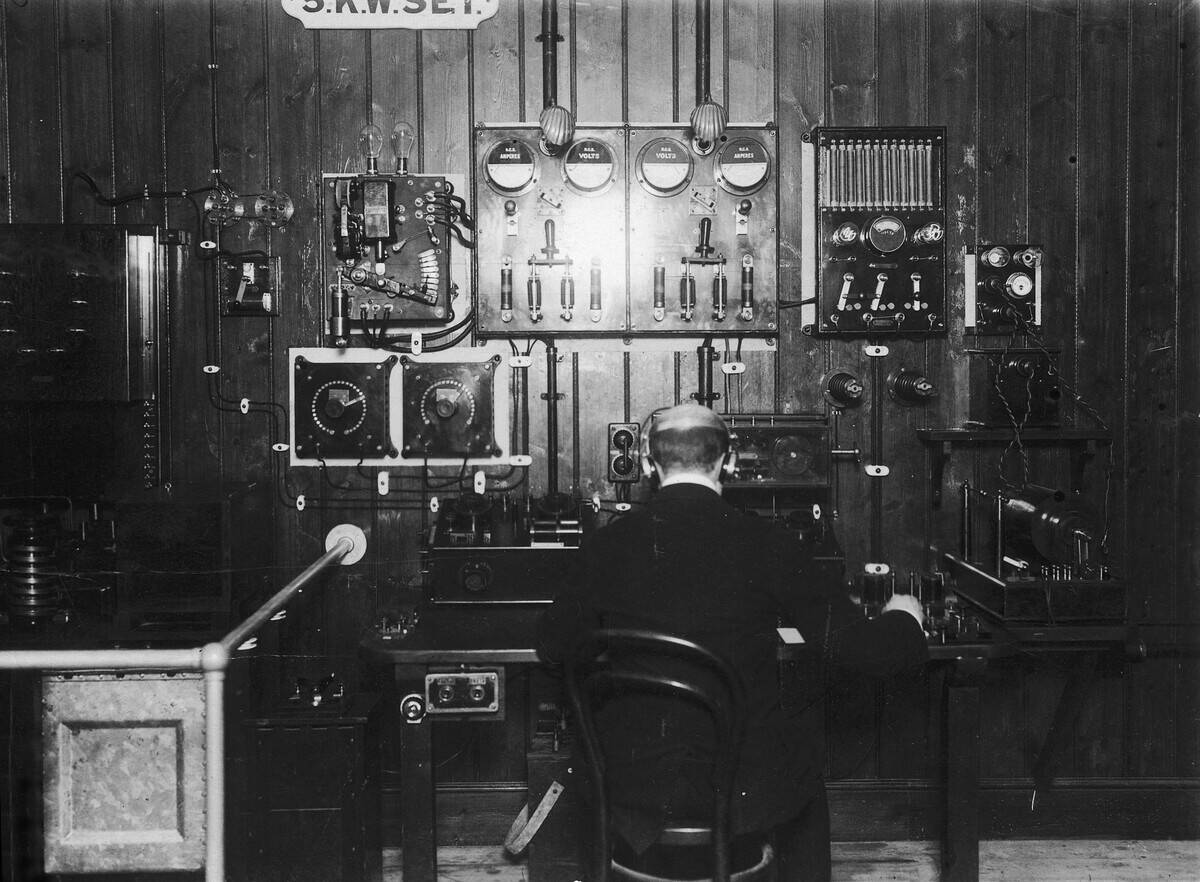
The telegraph’s reach extended beyond military applications, influencing international relations on a global scale. Diplomatic communications could be exchanged quickly, reducing misunderstandings and fostering more immediate dialogue between nations.
This capability helped prevent conflicts and facilitated negotiations, as countries could engage in timely discussions. The telegraph’s role in connecting the world laid the groundwork for the interconnected nature of modern international relations.




